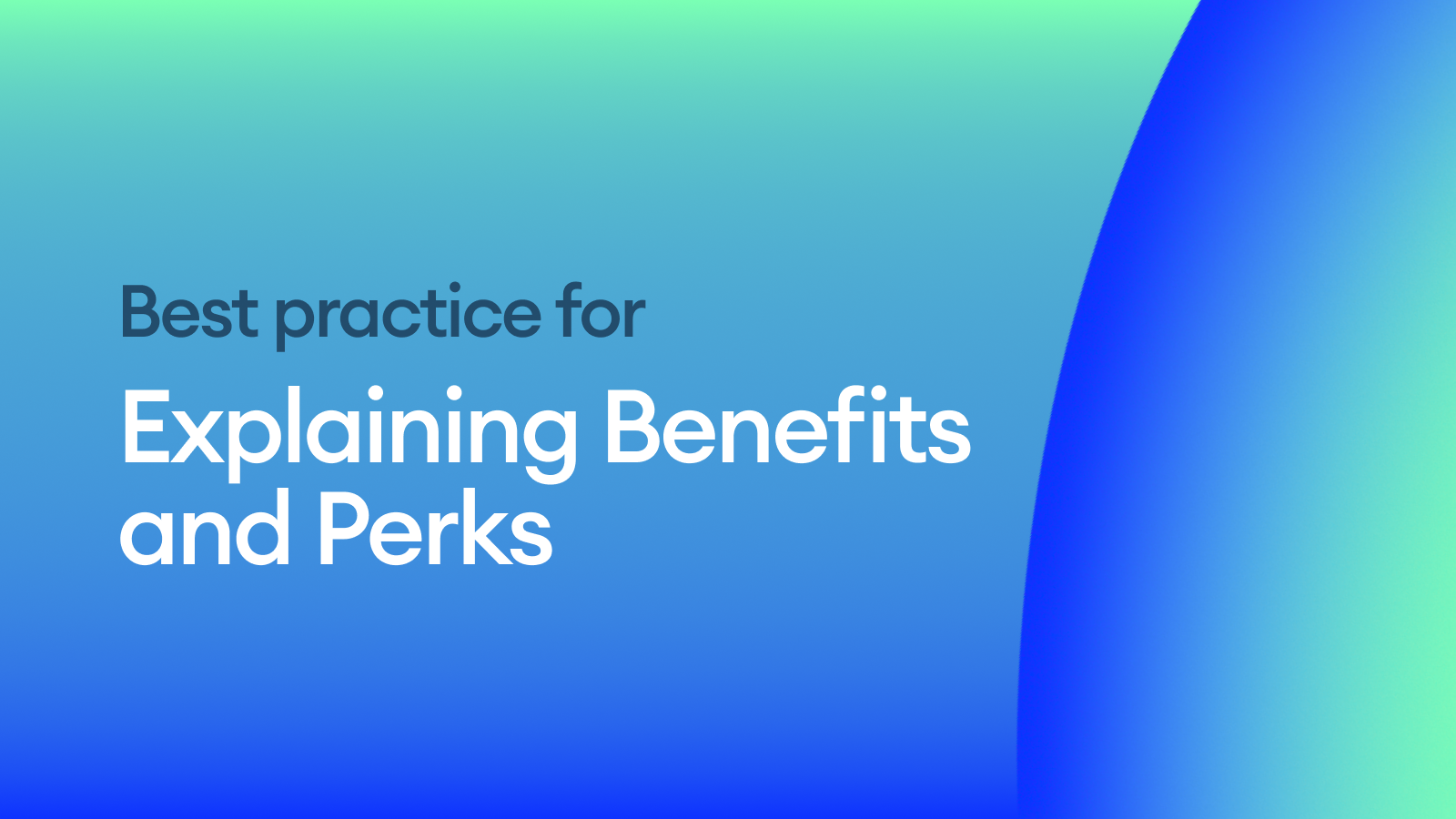Offering a competitive salary is no longer sufficient to attract and retain top talent. Benefits and perks have become a crucial part of the employment package, often tipping the scales in a candidate's decision-making process. For recruiters and HR professionals, effectively communicating these offerings is essential. This article explores the importance of explaining benefits and perks to candidates and provides best practices and tips for doing so effectively.
Best Practices for Communicating Benefits and Perks
- Understand Candidate Priorities: Before diving into the details, gauge what benefits are most important to the candidate. This allows you to tailor the conversation to their needs.
- Be Transparent and Honest: Provide clear and accurate information about the benefits. Misrepresentation can lead to dissatisfaction and turnover.
- Use Clear and Accessible Language: Avoid jargon and complex terms. Ensure that explanations are straightforward and easily understood.
- Highlight Unique Offerings: Emphasize the benefits that set your company apart from competitors, such as flexible working hours, remote work options, or wellness programs.
- Provide Written Materials: Offer brochures or digital documents summarizing the benefits package for the candidate to review at their leisure.
- Discuss the Total Compensation Package: Frame benefits as part of the overall compensation to showcase the full value of the offer.
- Stay Updated on Market Trends: Be aware of industry standards to ensure your benefits package is competitive.
- Encourage Questions: Create an open dialogue where candidates feel comfortable asking for clarification.
Tips for Effectively Explaining Benefits and Perks
- Prepare In Advance: Familiarize yourself with all aspects of the benefits package to answer questions confidently.
- Use Real-Life Examples: Share stories of how current employees utilize benefits to improve their work-life balance or professional development.
- Personalize the Presentation: Tailor the discussion to the candidate's life stage and career goals, highlighting relevant benefits.
- Offer Comparisons: If appropriate, compare your benefits to industry benchmarks to highlight their competitiveness.
- Follow Up: After the initial explanation, check in with the candidate to address any new questions or concerns.
- Train Your Team: Ensure all recruiters and hiring managers are consistent in how they present benefits information.
Conclusion
Explaining benefits and perks to candidates is more than just a formality—it's a strategic component of the recruitment process. By effectively communicating these offerings, recruiters and HR professionals can differentiate their company, meet candidates' needs, and ultimately secure top talent. Implementing the best practices and tips outlined above will enhance your ability to present benefits in a compelling way, contributing to successful hires and long-term employee satisfaction.


